Are you struggling to generate leads for your business? The battle between cold email vs LinkedIn messaging rages on, leaving marketers and sales professionals scratching their heads. Which method is more effective for lead generation? In this blog post, we’ll dissect both approaches, revealing their strengths and weaknesses, and provide you with best practices to maximize your results. Prepare to unlock the full potential of your outreach efforts!
Key Takeaways
- Combine cold email and LinkedIn outreach for maximum lead generation results.
- Leverage automation tools to efficiently personalize your content.
- Track key metrics such as open rates, reply rates, and conversion rates to assess success of campaigns.
Cold Email vs LinkedIn: Breaking it Down

In today’s hyperconnected world, cold email and LinkedIn have emerged as two popular channels for lead generation. While both have their advantages, they also come with their own set of challenges. Cold email offers wide reach, personalization, and cost-effectiveness, but it can be caught in spam filters and have lower open rates. On the other hand, LinkedIn messaging provides a more targeted audience, professional context, and higher engagement rates, but it may have limited reach and platform limitations. So, which one should you choose?
The truth is, there’s no one-size-fits-all answer. The most effective approach for your business might involve a blend of both cold email and LinkedIn messaging, harnessing their unique strengths and mitigating their weaknesses. Let’s break down each method and outline the best practices that can help you supercharge your lead generation efforts.
The Power of Cold Email

Cold email is a powerful tool in the hands of savvy marketers and sales reps. It boasts a wide reach, allowing you to contact a large number of prospects with ease. With an average open rate of 15-25% and a response rate of 1-10%, cold email can be a cost-effective way to generate leads. But it doesn’t end there; personalization is key to enhancing the effectiveness of your cold emails. By customizing email templates and crafting new signatures, you can ensure that your message resonates with your target audience.
Using specialized email platforms that offer personalization, scheduling, and deliverability optimization features can greatly enhance the effectiveness of your cold email outreach. These platforms can help you bypass spam filters and land your emails in the recipient’s inbox, increasing the likelihood of engagement and, ultimately, conversion.
The Drawbacks of Cold Email
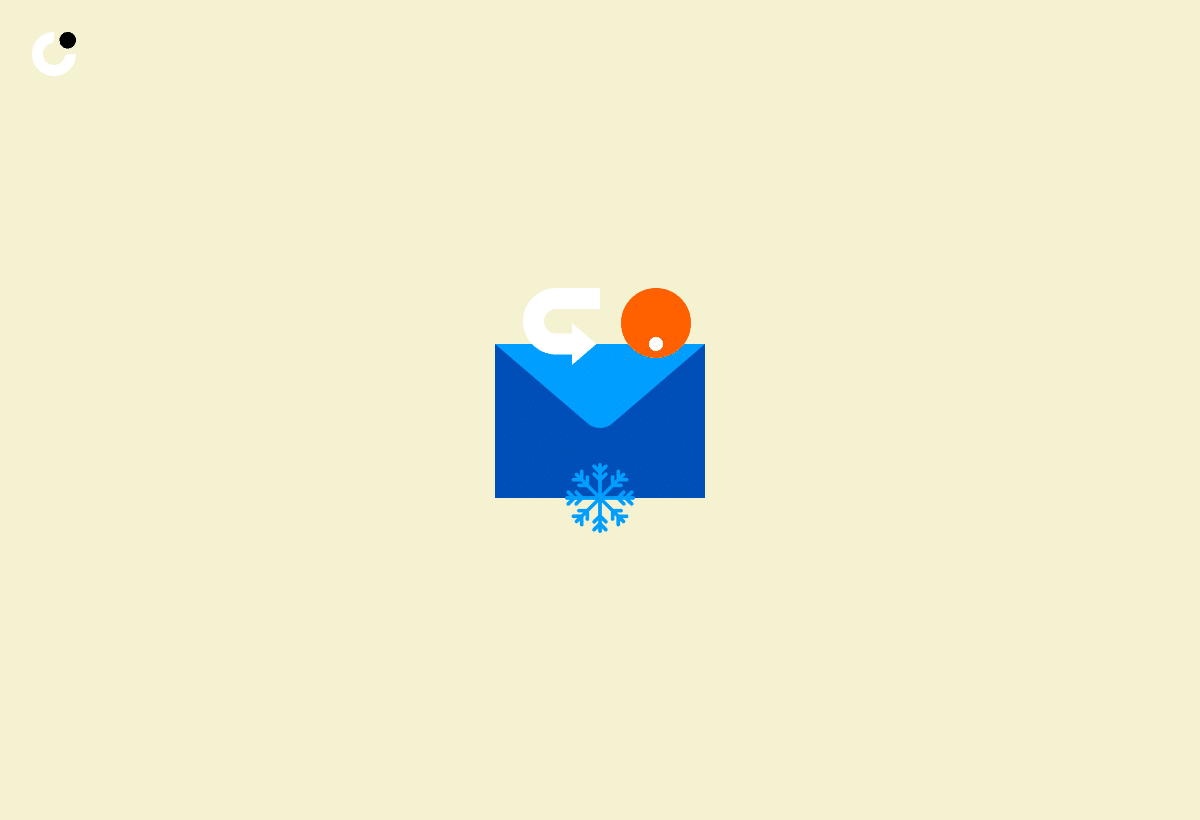
Despite its advantages, cold email is not without its challenges. One of the biggest hurdles is the risk of your emails being caught in spam filters. With daily send limits ranging from 100-200 emails, you might find yourself restricted in terms of reach. Furthermore, spam filters employ various strategies to identify and filter out cold emails, including:
- Header analysis
- Bayesian algorithms
- Blacklisting
- Trigger word detection
- Domain authentication
- Inclusion of unsubscribe links
These strategies can make it difficult for your cold emails to reach their intended recipients.
Adopting best practices for cold emailing is a viable strategy for overcoming these obstacles. This includes:
- Crafting captivating subject lines
- Personalizing email content
- Implementing a follow-up strategy to ensure your message stands out and reaches its intended audience.
The Strengths of LinkedIn Messaging
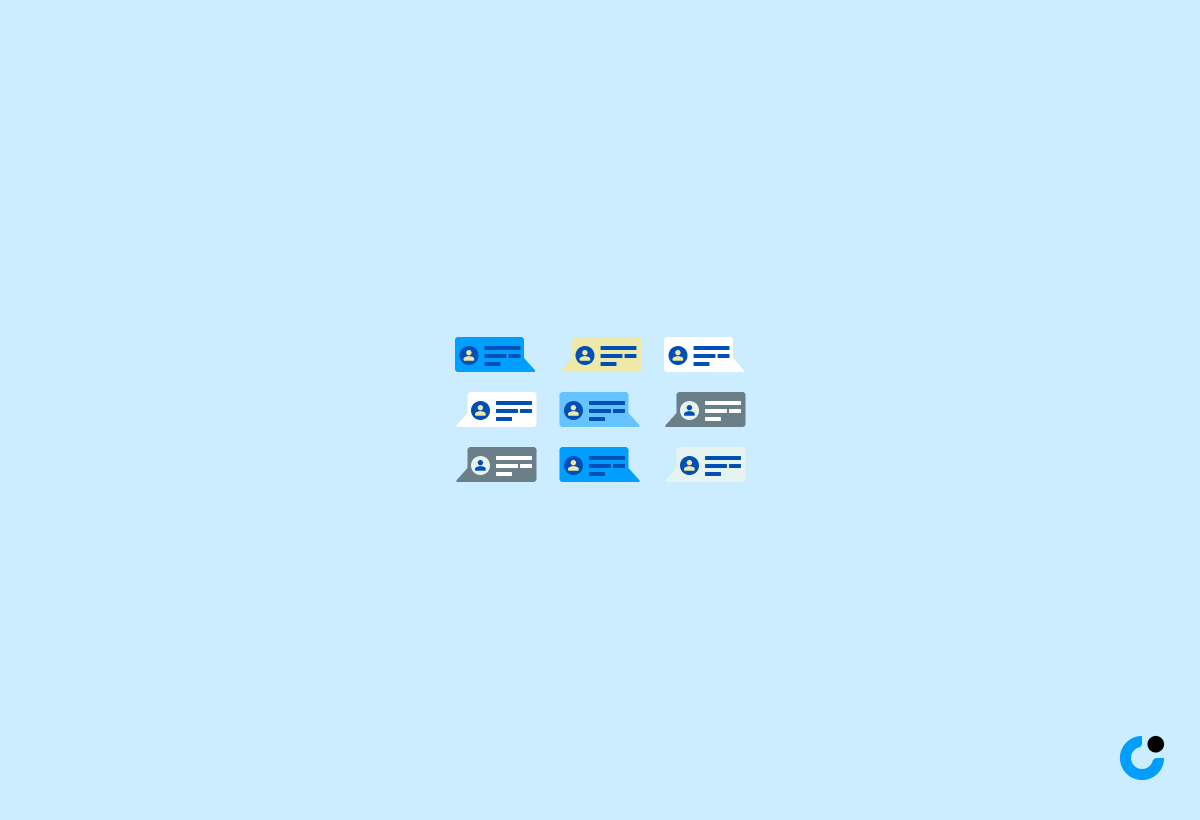
LinkedIn messaging offers a more focused approach to lead generation. With a platform that boasts a targeted audience and professional context, LinkedIn messages can yield higher engagement rates compared to cold emails. In fact, 96% of B2B marketers leverage LinkedIn to disseminate content and interact with their leads through a well-crafted LinkedIn message. Moreover, the ability to send LinkedIn InMails enables direct contact with LinkedIn users who are not in your network, eliminating the need to send a connection request first.
Personalizing connection requests, crafting engaging message content, and developing a follow-up strategy are key steps to fully exploit the potential of LinkedIn messaging. By learning how to send LinkedIn messages effectively, you’ll be able to establish meaningful connections with your target audience and drive higher levels of engagement and conversion.
The Limitations of LinkedIn Messaging
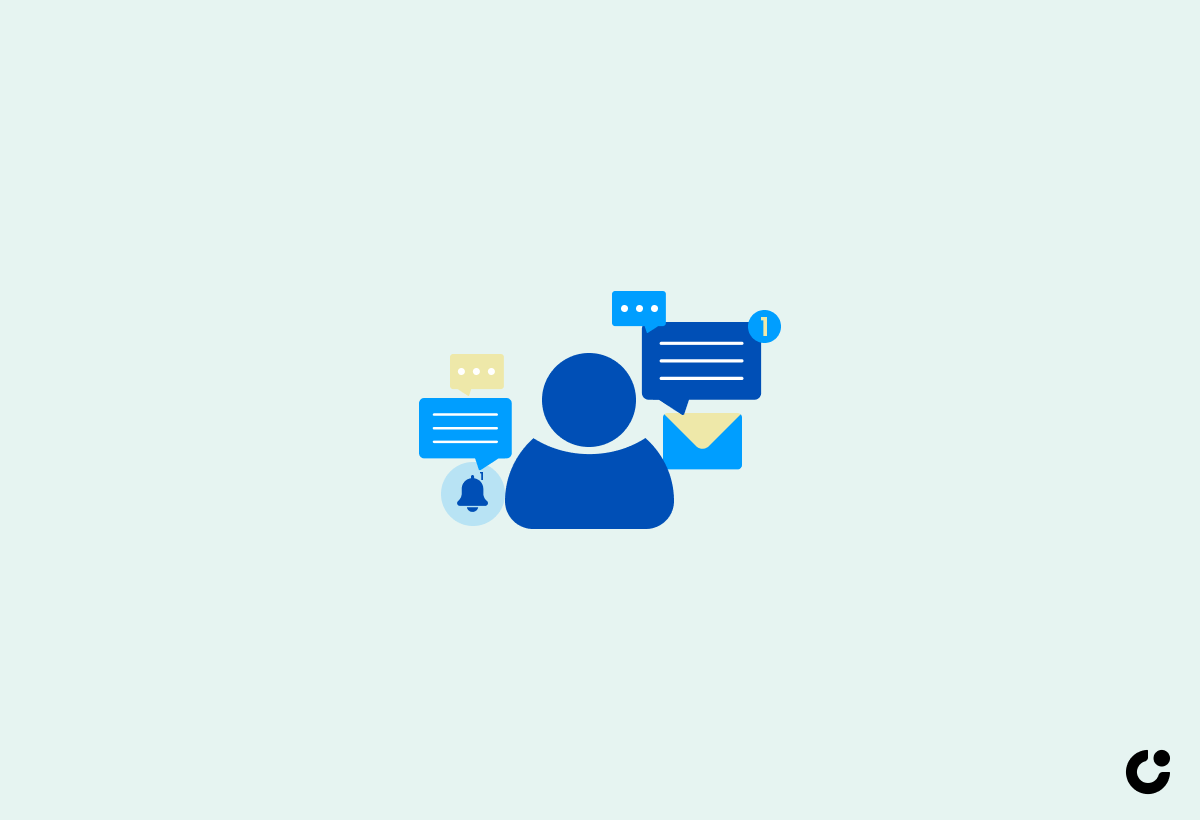
While LinkedIn messaging offers a plethora of benefits, it also comes with certain limitations. For starters, its reach may be limited due to platform restrictions and the need for accepted connection requests before sending messages. Additionally, LinkedIn InMails, a premium feature, can result in additional expenses for users. For instance, sales professionals may need to subscribe to LinkedIn Sales Navigator, which is priced at $99 per month.
Utilizing a combination of cold email and LinkedIn messaging can be an effective solution to these challenges. By leveraging the strengths of both channels, you can maximize your lead generation efforts and achieve the best possible results.
Best Practices for Effective Cold Email Outreach
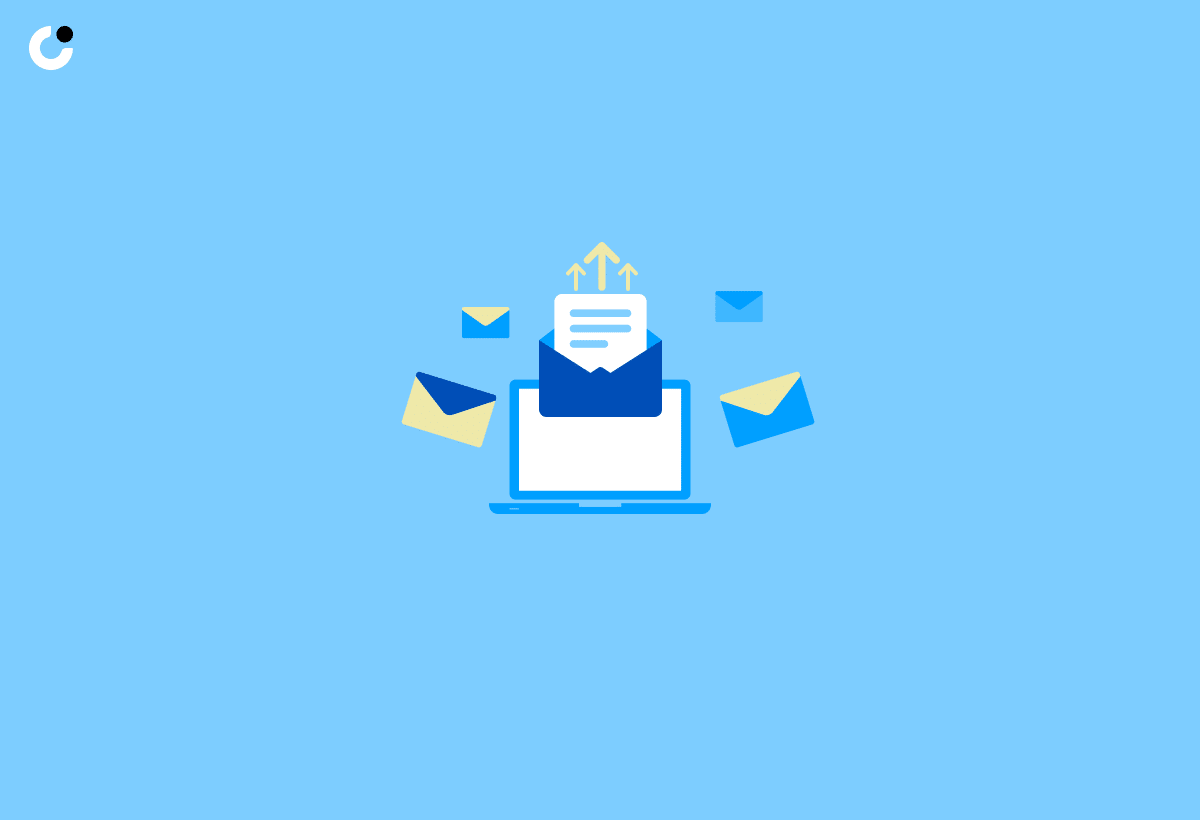
Now that we’ve explored the pros and cons of cold email and LinkedIn messaging let’s dive into the best practices that can help you optimize your cold email outreach. By crafting compelling subject lines, personalizing email content, and implementing a strategic follow-up plan, you can ensure that your cold emails stand out and resonate with your target audience.
These best practices not only help you generate more leads but also increase customer engagement and outshine LinkedIn messages in certain scenarios. Let’s delve into each of these practices in more detail, so you can harness the full potential of cold email for your business.
Crafting Compelling Subject Lines
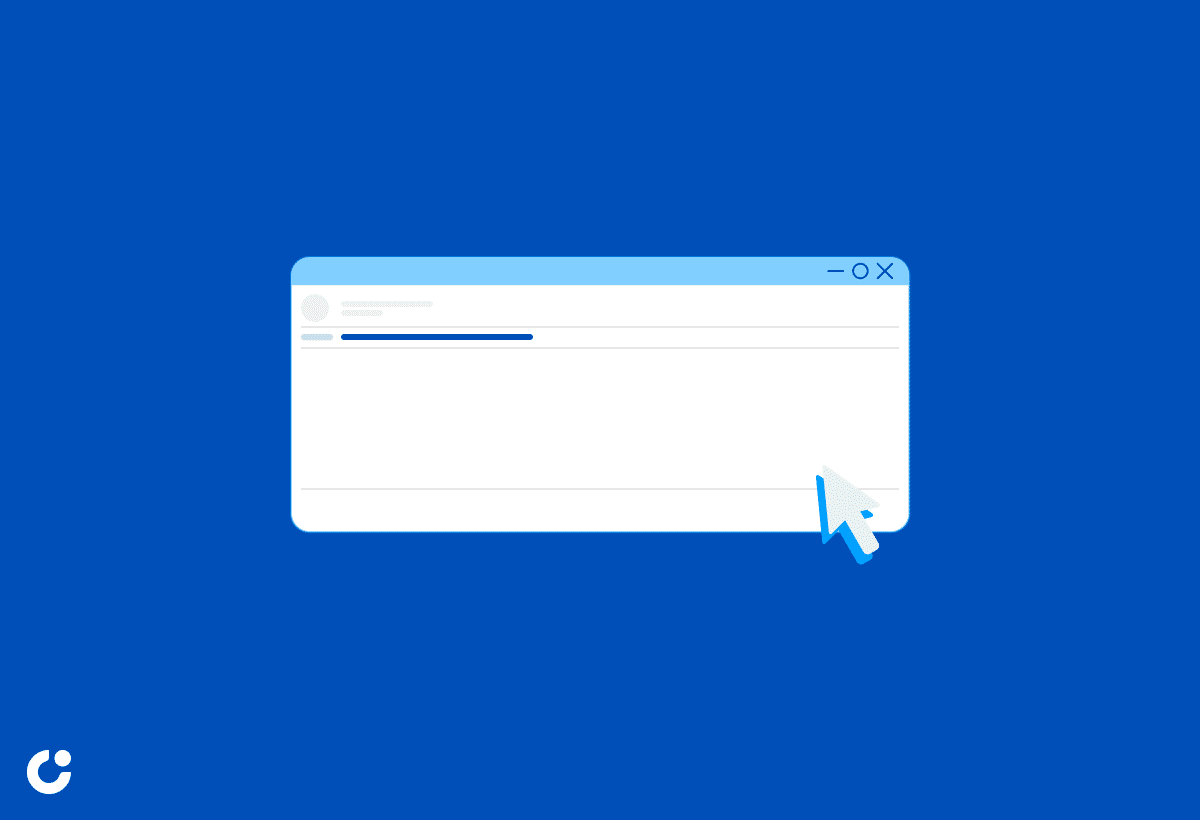
An effective subject line is your first and possibly only chance to grab the recipient’s attention. Keep it short, direct, and personalized to ensure maximum impact. A captivating, tailored, and precise subject line that is pertinent to the recipient’s requirements and generates relational curiosity can make a world of difference in your cold email campaigns.
Aim to keep your subject lines under nine words and 60 characters for the best results.
Personalizing Email Content
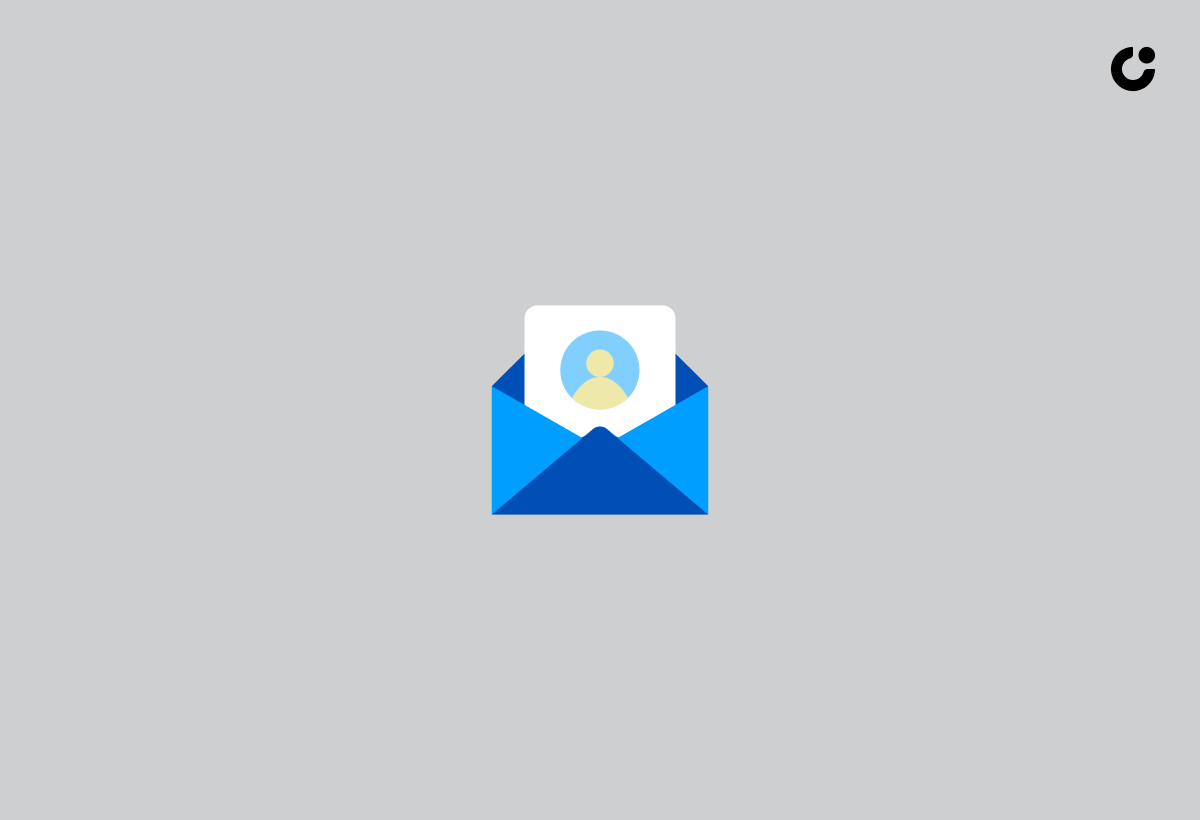
Personalizing email content is crucial for higher acceptance rates and customer engagement. By incorporating the recipient’s name, segmenting your target audience, incorporating dynamic (smart) content, and personalizing subject lines, you can ensure that your emails are relevant, engaging, and effective.
Moreover, personalized emails demonstrate that you have invested effort in understanding your recipient, making your email more pertinent and captivating, and increasing open rates, click-through rates, and conversion rates.
Implementing a Follow-up Strategy

Persistence is key when it comes to cold email outreach. Research shows that only 5% of leads respond before the 7th follow-up email. The majority of leads respond on or after the 7th email. To implement a successful follow-up strategy, develop a plan for successive follow-ups, time them appropriately, and ensure each one provides value.
This will not only help you maintain contact with your prospects but also increase the likelihood of securing a response and ultimately converting them into customers.
Best Practices for Successful LinkedIn Messaging
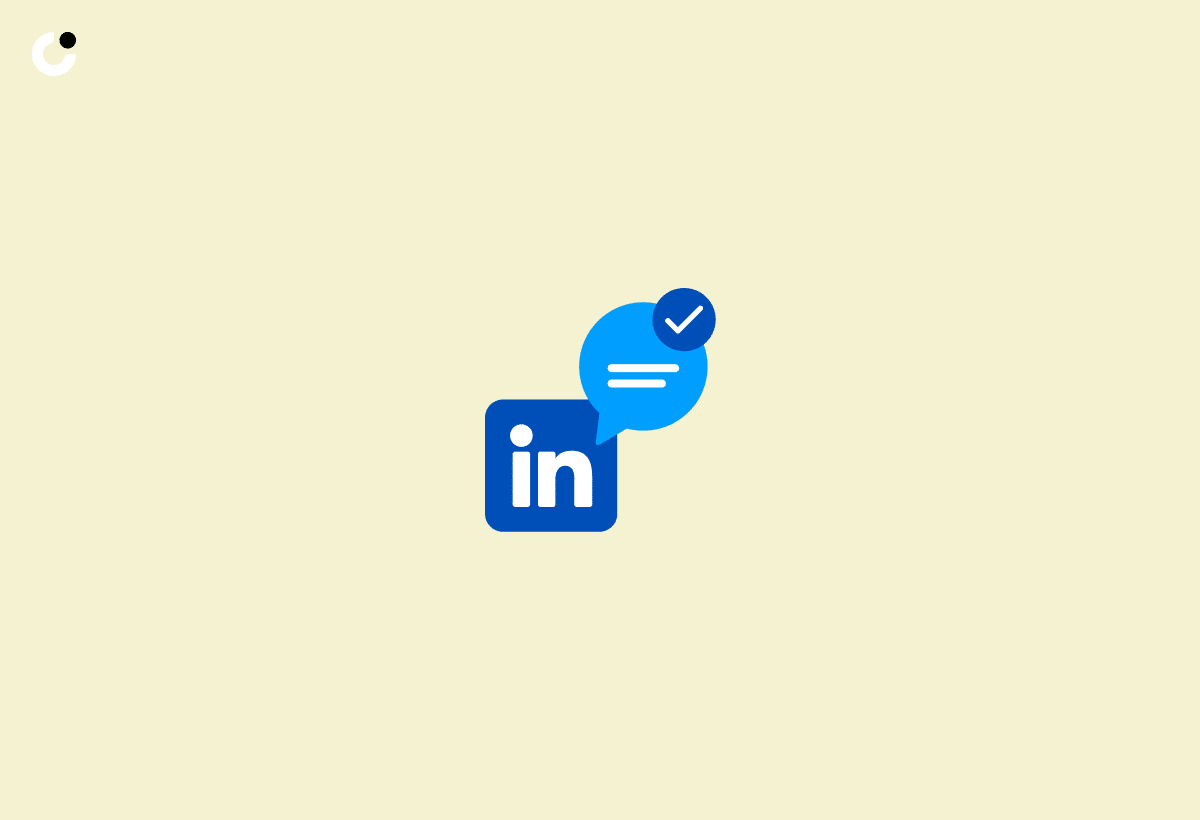
While cold email has its merits, LinkedIn messaging is a powerful tool in its own right. By personalizing connection requests, crafting engaging message content, and consistently following up, you can optimize your LinkedIn messaging strategy and generate a wealth of new leads.
We’ll now share several best practices to optimize your LinkedIn messaging. These strategies will enable you to establish meaningful connections, boost engagement, and achieve your lead generation goals.
Personalizing Connection Requests
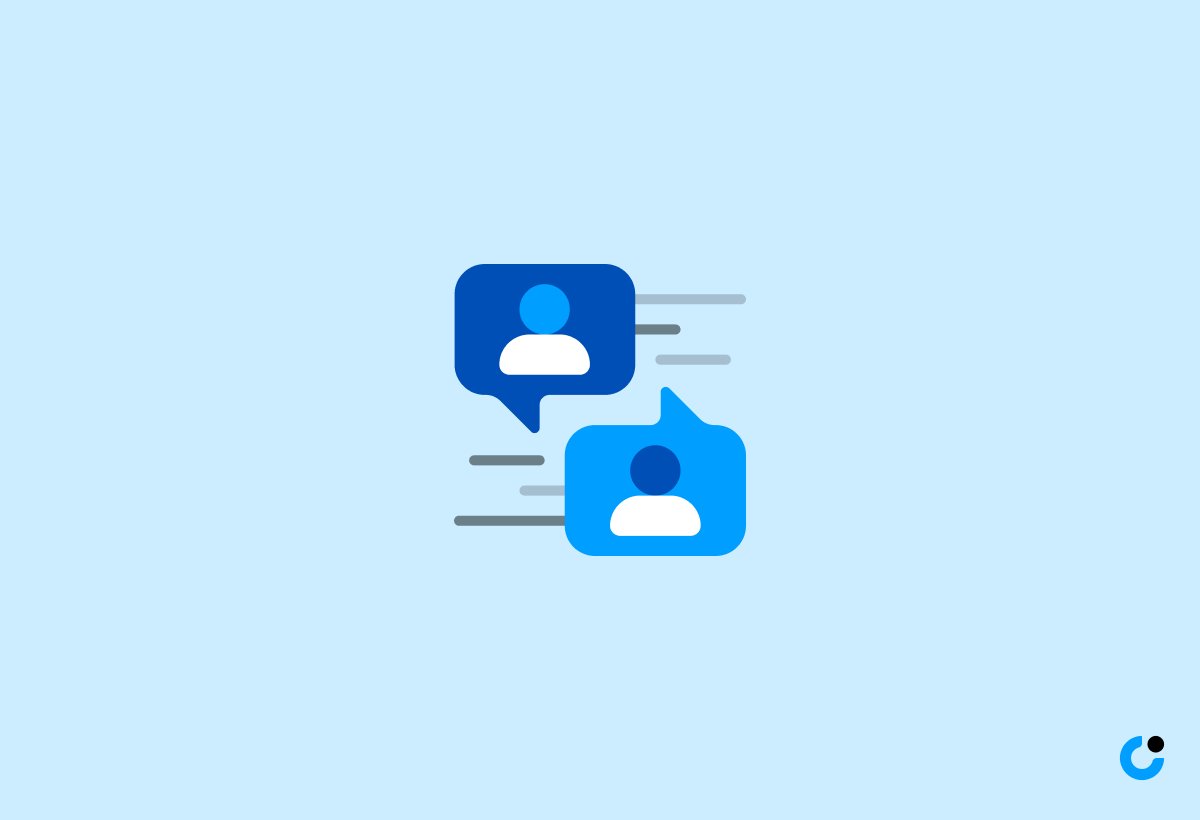
A personalized connection request can be the difference between acceptance and rejection on LinkedIn. By crafting connection requests that demonstrate your understanding of the recipient’s needs, interests, and experiences, you’ll stand out from the crowd and increase the likelihood of acceptance.
This personal touch not only makes your request more authentic but also increases the chances of establishing a meaningful connection that can lead to a fruitful professional relationship.
Crafting Engaging Message Content
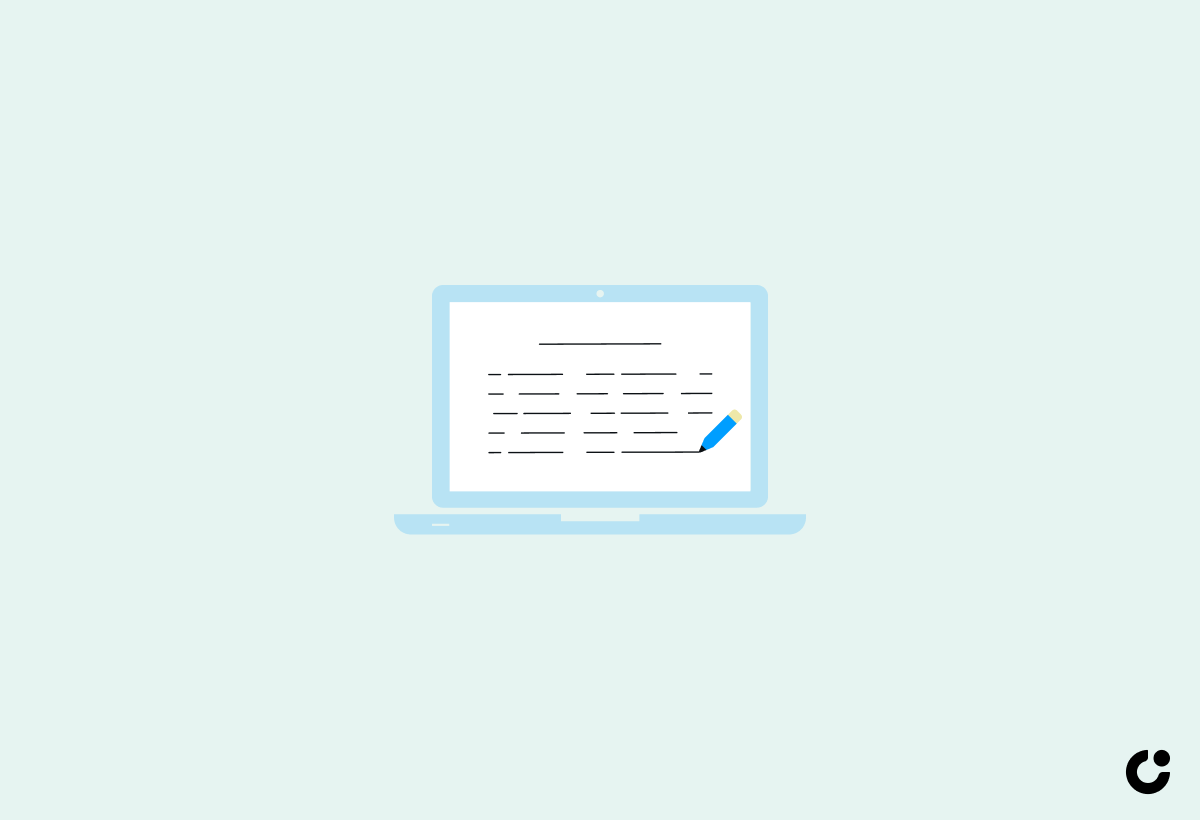
To optimize your LinkedIn messaging, it’s crucial to create engaging, relevant, and concise messages with digestible sections. This ensures that your message is easy to read and understand, increasing the likelihood of a response. Keep your LinkedIn messages under 500 characters for optimal engagement.
By crafting compelling message content, you’ll not only catch the attention of your target audience but also encourage them to take action, be it scheduling a meeting, joining your pipeline, or simply engaging in conversation.
Developing a LinkedIn Follow-up Strategy

Consistent follow-ups are essential for maintaining engagement and staying connected with your LinkedIn contacts. To develop an effective follow-up strategy, provide valuable information and space out your messaging for a professional yet friendly approach. The recommended waiting period before sending a follow-up message on LinkedIn is one week.
By following up with valuable information and timely messaging, you’ll keep the conversation going and maximize your chances of converting connections into clients, partners, or collaborators.
Combining Cold Email and LinkedIn for Maximum Results

By now, you’ve learned the strengths and weaknesses of both cold email and LinkedIn messaging, as well as the best practices for each channel. But what if you could harness the power of both channels to supercharge your lead generation efforts? By combining cold email and LinkedIn messaging, you can maximize your results through omnichannel outreach, leverage automation tools, and balance personalization with automation.
We will now delve into the benefits of a combined approach, outlining various strategies and tools that can optimize your outreach for maximum results.
Strategies for Omnichannel Outreach

Implementing omnichannel outreach, using both cold email and LinkedIn outreach, allows you to:
- Reach a wider audience
- Engage with them across multiple touchpoints
- Leverage the strengths of both channels
- Optimize your lead generation efforts
- Increase your chances of success.
For example, you can:
- Automate profile visits and connection requests on LinkedIn
- Maintain a consistent brand presence across both channels
- Personalize your outreach to each prospect
- Follow up across channels with a multi-channel approach.
Leveraging Automation Tools

Automation tools, including LinkedIn automation tools, can help streamline your outreach process while maintaining personalization. By utilizing tools like:
You can optimize your outreach, allowing for personalization, template creation, automated follow-up, tracking, and analytics. These tools not only save you time but also improve efficiency, allowing you to focus on more strategic tasks that drive your business forward.
Balancing Personalization and Automation
While automation is crucial for streamlining your outreach process, it’s important not to sacrifice personalization in the pursuit of efficiency. Balancing personalization and automation, including the use of automated messages, ensures effective communication without losing the human touch.
By maintaining a high level of personalization while leveraging automation tools, you can ensure that your outreach efforts resonate with your target audience, driving engagement and ultimately leading to more conversions.
Metrics and Measurement: Assessing Your Outreach Success
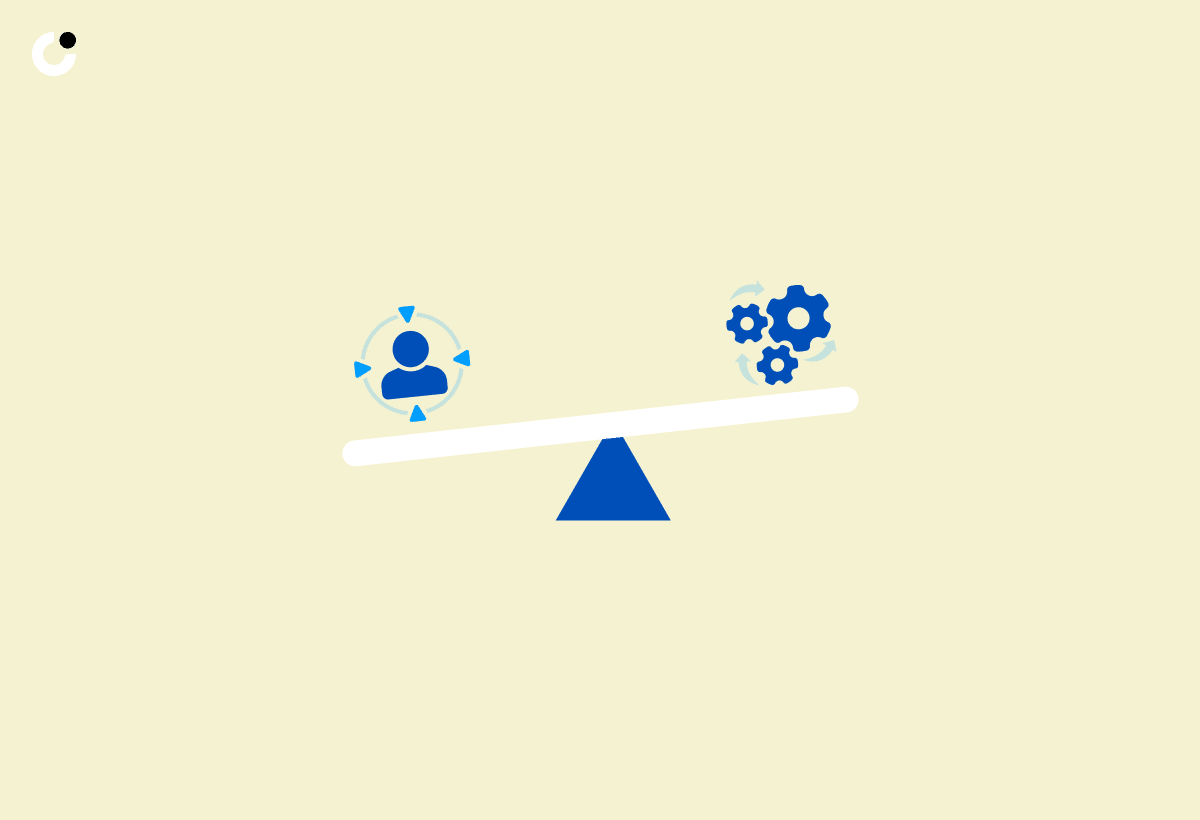
To ensure that your outreach efforts are successful, it’s essential to track key metrics and measure your performance. By monitoring:
- Open rates
- Reply rates
- Conversion rates
- Utilizing analytics tools
You can gain valuable insights into the effectiveness of your cold email and LinkedIn messaging campaigns.
We will now discuss these metrics and recommend tools that can enhance your strategies, allowing for continuous improvement of your outreach and the achievement of your lead generation goals.
Open Rates and Reply Rates
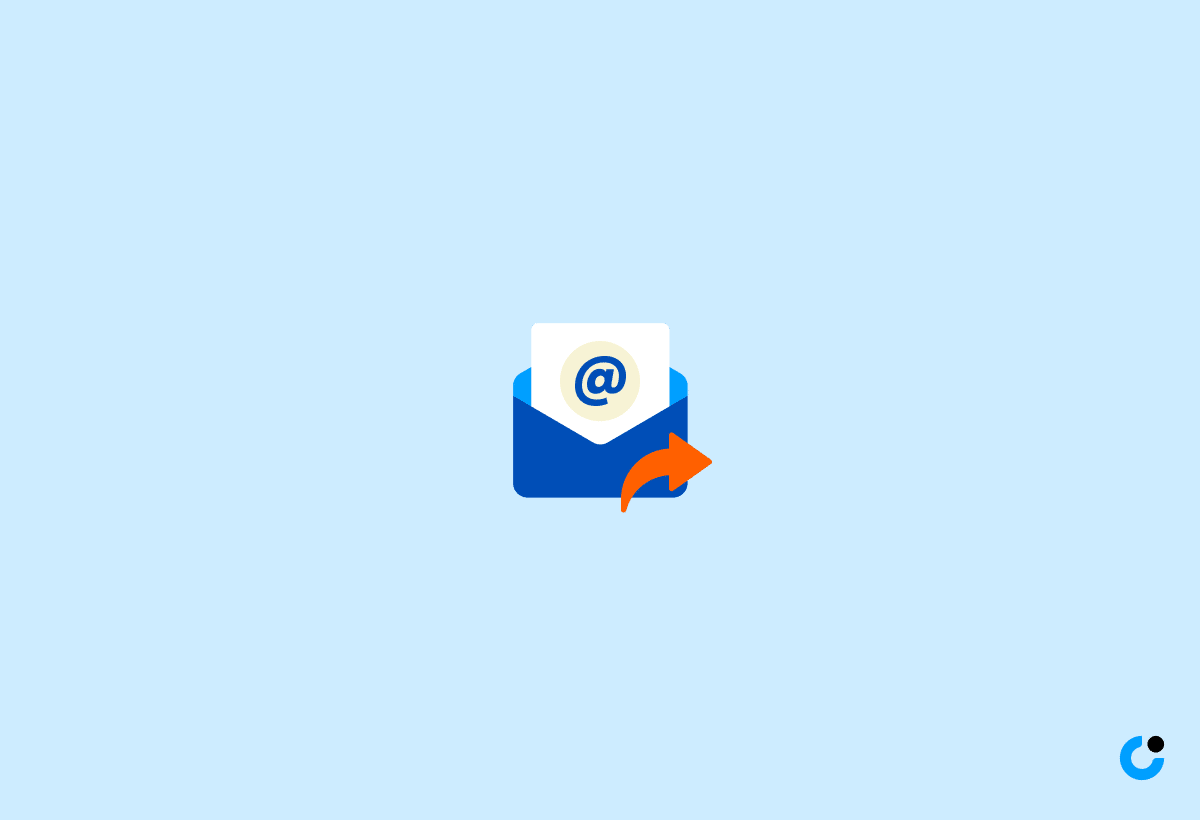
Monitoring open and reply rates is crucial for gauging the level of engagement and interest in your outreach campaigns. By tracking these metrics, you can refine your approach and identify areas for improvement. For example, if your open rates are low, you might need to experiment with different subject lines or improve your email deliverability.
On the other hand, if your reply rates are low, it may be a sign that your message content needs to be more engaging or relevant to your target audience.
Conversion Rates

Tracking conversion rates is essential for measuring the effectiveness of your outreach campaigns. A high conversion rate indicates that your messaging is resonating with your target audience and driving them to take the desired action, such as scheduling a meeting or joining your sales pipeline. Aim for industry benchmarks in your conversion rates, and continuously optimize your messaging and strategies to improve your performance.
Tools for Tracking and Analytics
To gain insights into the performance of your cold email and LinkedIn messaging campaigns, utilize tracking and analytics tools such as:
These tools can help you monitor your open rates, reply rates, conversion rates, and more, providing invaluable data to optimize your outreach strategies.
By leveraging these tools, you can continuously improve your campaigns and ensure that your efforts are driving results.
Summary
In conclusion, both cold email and LinkedIn messaging have their strengths and weaknesses. By combining the best practices from both channels and implementing a strategic, omnichannel approach, you can maximize your lead generation efforts and drive higher levels of engagement. Don’t forget to track your metrics, leverage automation tools, and balance personalization with automation to ensure that your outreach campaigns are successful. Ultimately, the key to success lies in understanding your target audience, refining your messaging, and continuously optimizing your strategies.
Frequently Asked Questions
Is it better to cold email or LinkedIn?
Cold emailing and LinkedIn both have their advantages, depending on who you're targeting. Cold email can help you reach a wider audience while LinkedIn is better for businesses. Ultimately, it's up to you to decide which one works best for your needs.
Is it okay to cold message someone on LinkedIn?
Cold messaging someone on LinkedIn is an acceptable way of connecting with someone for business purposes, just like you would through phone or email.
Is cold emailing still effective?
Cold emailing can be a powerful tool for connecting with potential customers and creating new business prospects. When done right, it still remains an effective way to market your business in 2023.
How can I combine cold email and LinkedIn messaging for maximum results?
Combine cold email and LinkedIn messaging for maximum results by utilizing omnichannel outreach strategies, automation tools, and personalizing your messages with automation.
What metrics should I track to evaluate the success of my outreach campaigns?
Track open rates, reply rates, and conversion rates to assess the success of your outreach campaigns. Utilize analytics tools to gain deeper insights into cold email and LinkedIn messaging strategies.

